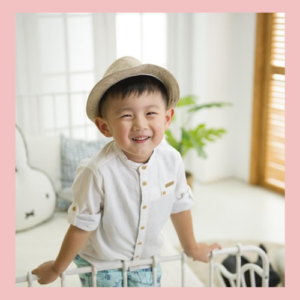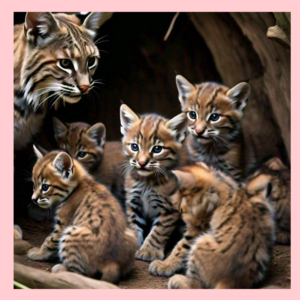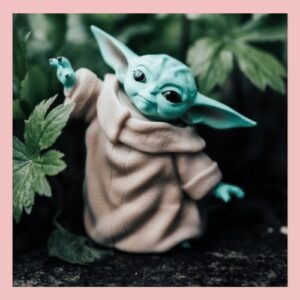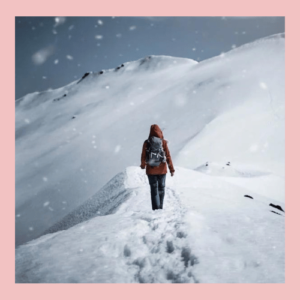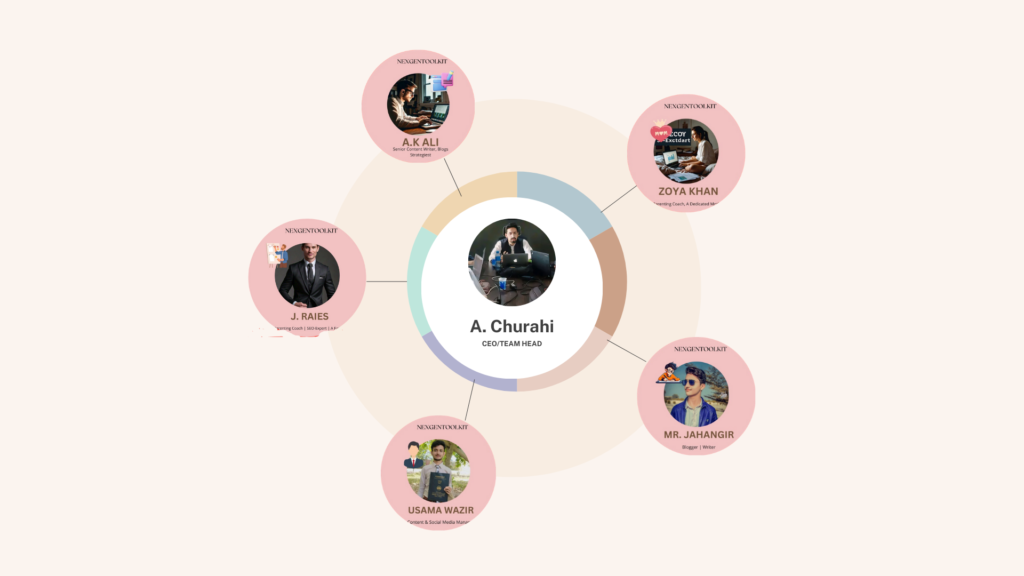Oil pastels are colorful and versatile and empower art teachers and students to create superb beautiful artwork with focused intense pigments and textures. If you are looking for oil pastel drawing techniques or an experienced oil pastel artist searching for additional ideas, here are fifty techniques, tips, and inspirations to help.
You May Also Like Creative Ideas For Hand-Painted Glass pictures
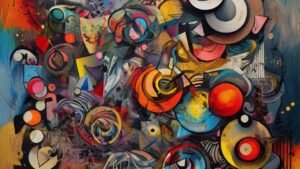
TECHNIQUES:
Blending: You should use blending stumps, tissues, or your fingers to blend the colors as this creates nice and smooth blends.
Sgraffito: Then using a scraper scrape across the oil pastel to reveal the next layer of color.
Impasto: After you complete the layers, you get a three-dimensional texture in a thick oil pastel artwork.
Watercolor Effect: Submerging your oil pastel in water or using a wet brush will give out the watercolor effect.
Layering: accumulates overlapping layers of colors to enrich the depth of the figurative work accomplished.
Scumbling: Lightly rub a dry oil pastel on the surface part so that it would give the broken color effect.
Masking: Mask as you would usually do with tape or frisket to get excellent sharp edges.
Mixing Media: Use oil pastels together with other types of artwork such as acrylics or markers for a unique style of artwork.
Heat Fixing: To mix oil pastels apply a heat gun or a hair dryer to melt the oil pastels on the paper.
Resist Technique: Oil pastels should preferably be used on wax or an oil base that stains as per different effects that are required.
TIPS:
Use Quality Paper: Choose paper with a thick and rough texture as this paper type is capable of withstanding oil pastel heavy application.
Start Light, Go Dark: Start off with the pastels and as progress is made, they move on to the darker shades.
Clean Your Hands: It is also useful to have tissues or baby wipes nearby to wipe your hands so that you do not smudge the paint.
Experiment with Surfaces: Experiment with the surfaces you paint on; get paint on wood, on canvas, heck, on glass sometimes!
Color Mixing: Try layering as many shades of one color directly as you wish on your artwork.
Fixative Spray: Spray-fix is a solution that is used to prevent the finished artwork from getting smudged or affected by dust.
Underpainting: Prime with a wash of watercolor acrylics before putting on oil pastels.
Reference Images: Images or photographs should be used for reference and to have the right colors of the drawing.
Explore Color Theory: Complementary, analogous, and monochromatic colors: Know the difference.
Practice Regularly: As with any other medium, it is advisable to engage in practice frequently to enhance your skills and other methods.
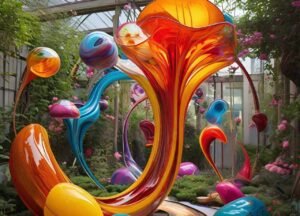
INSPIRATIONAL:
Nature Scenes: Painted to portray landscapes, flowers, and animals with rich colors.
Abstract Art: Design abstract art pieces that contain big forms and different tones.
Portraits: Try working with the portraits in the arena of expressive lines and blended transitions.
Still Life: Organize everyday items and play with the shades through the different effects of oil pastels.
Fantasy Worlds: Paint picturesque scenes that seem to have unrestrained access to paint and also effects that can only be chiaroscuro in a dream.
Cityscapes: Record a city and surrounding buildings using architectural designs along with light and sound impacts.
Textures: You may use techniques such as drawing, painting, or sculpting to give a feel of fur, water, or stone.
Seasonal Themes: To add value to the artwork depicting each season, the idea of celebrating seasons can be extended with the color and mood of each season.
Cultural Inspirations: Culture should be considered while selecting raw materials to paint: using the symbols, patterns, and motifs found in the culture of a community.
Emotions and Moods: Photography can symbolize feelings and temper and select colors and how they are arranged in the picture.

ADDITIONALLY TECHNIQUES:
Cross-hatching: Also, when it comes to shading and texture employ cross-hatching.
Feathering: Allow strokes to have blurry edges to give a smoother appearance by blurring its edges.
Mosaic Effect: Accumulate stroke by stroke, in small repetitions to obtain a random patterned image.
Negative Space: Use of negative space will help in defining the shapes and the forms of your artwork.
Stencil Art: To put another application of the same, one should utilize stencils to get regular geometrical shapes and fascinating patterns when engaging in using the oil pastel.
Collage Techniques: Introduce collage elements into your pieces of artwork in oil pastel.
Monoprinting: Approach the lesson through the process of monoprinting in such a manner as incorporating the use of oil pastels.
Pointillism: Next, you should use very small dots or points of color to build up the texture of the surface.
Egg Tempera Effect: Oil pastel and egg tempera painting methods may be used together to arrive at a distinctive finish.
Encaustic Effect: To make your painting resemble encaustic wax art melt oil pastels.
FINAL THOUGHTS:
If you are just starting with art, or if you are an art professional, an oil pastel has very many uses as noted herein. Try out these techniques, integrate some tips on your works, and use references from different works, to come up with utterly fascinating and amazing oil pastel creations. As you get used to the medium and further explore it, your oil pastel art will progress even further and will be uniquely you and your story.

CONCLUSION
Therefore, the discussed oil pastels can be considered a versatile kind of art that allows practicing various techniques in drawing and painting, including such distinct activities as the blending and layering of the color, the application of the sgraffito technique, and resist techniques. Some of the suggestions include using good quality paper, studying the aspect of color, and constantly practicing which are good advice that can help or enable one to master the fine art.
Explore Boy Names That Start With J


